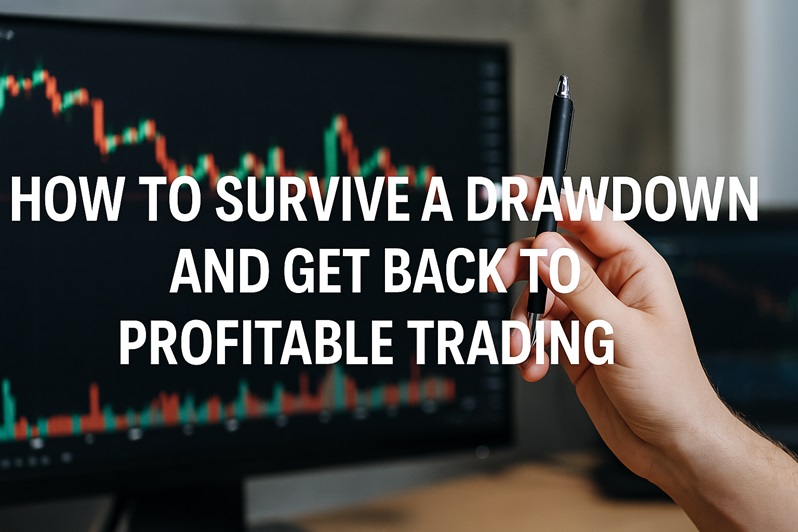
Every trader, no matter how skilled, eventually faces a drawdown. This period of declining equity can be mentally taxing and financially challenging. However, surviving a drawdown isn’t just about damage control—it’s about using the setback as a setup for a stronger comeback. By understanding the nature of drawdowns and implementing disciplined recovery strategies, traders can not only return to profitability but also enhance their overall resilience.
Understanding Drawdowns and Their Impact
A drawdown represents the peak-to-trough decline during a specific period of trading. It reflects the maximum loss a trading account has experienced before recovering. Recognizing that drawdowns are a natural part of any trading journey is the first step toward overcoming them. They highlight weaknesses in a strategy, shifts in market conditions, or emotional trading errors that need addressing.
During a drawdown, emotional responses such as fear, frustration, and desperation often cloud judgment. This psychological stress can lead traders to abandon their plans, double down on losing trades, or chase the market impulsively. A calm, analytical approach is crucial to halt the spiral and start building back with clarity and precision.
Strategies for Managing and Recovering from a Drawdown
Successful recovery starts with reflection. Review your trade journal to identify patterns that contributed to the drawdown. Was it overtrading? Ignoring stop losses? Trading during low-probability conditions? Pinpointing these issues allows for meaningful course correction.
Risk management must become your cornerstone. Reducing position sizes and tightening risk per trade ensures that future losses are contained. This conservative approach not only protects capital but also restores confidence with small, consistent wins. Taking a temporary break from trading can also help clear mental clutter and prevent emotionally driven decisions.
Another key step is refining or temporarily simplifying your strategy. Focusing on high-probability setups and clearly defined entry and exit points can bring structure and clarity. Patience plays a vital role here; forcing trades to recover losses faster usually leads to deeper drawdowns. Recovery is a process, not a race.
Building Mental Strength for Long-Term Success
Trading psychology often determines whether a trader survives a drawdown. Cultivating emotional discipline through mindfulness techniques, routine-building, and self-review can make a dramatic difference. Understanding your emotional triggers and building coping mechanisms around them leads to better decisions under pressure.
Treat drawdowns as valuable feedback rather than failure. Each downturn offers an opportunity to learn more about yourself and your system. This growth mindset helps maintain motivation and fosters long-term consistency. Remember, some of the most successful traders built their expertise not during winning streaks, but while navigating their worst trading periods.
Conclusion
Drawdowns are not the end of a trading journey—they are turning points. With structured analysis, disciplined risk control, and a resilient mindset, traders can recover from setbacks and build a more robust trading framework. Instead of fearing drawdowns, embrace them as opportunities to refine your edge and evolve as a trader. The path back to profitability is not only possible—it can be the most powerful phase of your trading career.
FAQs
What is a drawdown in trading?
A drawdown is the reduction in equity from a peak to a trough, typically measured as a percentage.
How can I recover from a major drawdown?
Start with reviewing your trades, reduce your risk, trade smaller sizes, and refocus on disciplined strategy execution.
Is it normal to experience drawdowns?
Yes, all traders face drawdowns at some point. It’s a natural part of trading and not a sign of failure.
Should I stop trading during a drawdown?
It can be helpful to pause and evaluate. Taking a break often brings clarity and prevents emotionally charged decisions.
Can a drawdown be avoided completely?
No. While proper risk management can minimize drawdowns, they cannot be avoided entirely in active trading.
